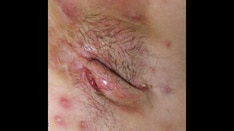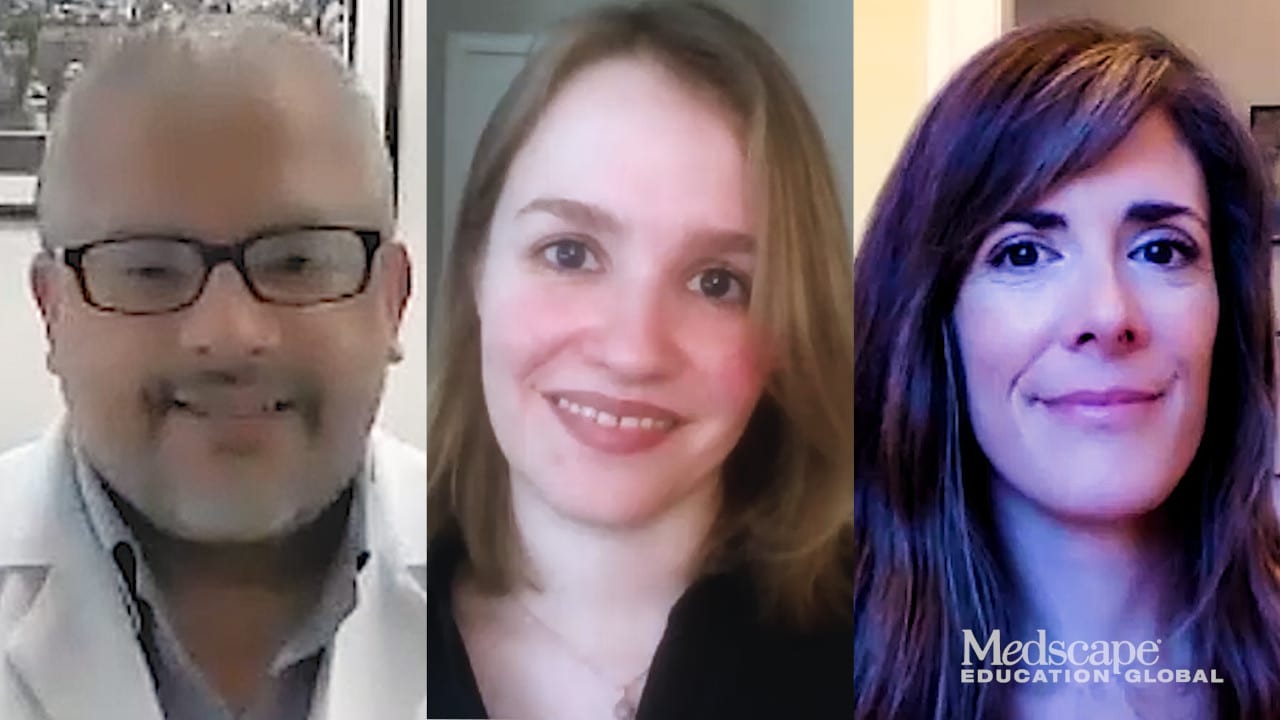Abstract and Introduction
Abstract
Introduction: HS is a debilitating dermatologic condition in which apocrine sweat glands become occluded, leading to severe inflammation. Treatment usually ranges from conservative management to surgical intervention with the goal of treating existing lesions while reducing the rate of recurrence, progression, and scarring. Depending on the surface area involved, autologous skin grafting may be difficult when donor sites are limited due to the extent of disease, previous surgery, or scarring. This case report examines the efficacy of cryopreserved human allograft as a surgical treatment of extensive HS.
Case Report: A 37-year-old man presented with severe, refractory Hurley stage III HS in which cryopreserved human allograft was used to aid in wound contracture and granulation tissue formation. In addition, its use improved contour deformities and served as a bridge to autologous skin grafting, minimizing donor site size and morbidity.
Conclusions: While autologous skin grafting is necessary for final wound closure, the use of cryopreserved human allograft provides biologic wound management that aids as a bridge to autologous skin grafting. As such, the authors advocate its use as a tissue scaffold in the management of severe, extensive HS and other dermatologic conditions requiring skin excision.
Introduction
HS is a chronic and recurring skin condition that is characterized by abscesses and fistulous tracts that affect the apocrine gland–bearing tissues, most commonly in the axilla, groin, inner thigh, buttock, perineum, and breast.[1,2] The chronic inflammation, odor, and pain can have significant detrimental effects on an individual's QOL. Often, the condition is misdiagnosed and poorly managed. Recent studies implicate possible autoinflammatory and genetic components of the disease, as it has been recently described as part of an emerging triad of clinical conditions demonstrating neutrophilic abundance in the dermis without the presence of autoantibodies. In addition to HS, this triad includes PASH (pyoderma gangrenosum and acne) and may be genetically linked. Other similar autoinflammatory diseases do exist, namely PAPA (pyogenic arthritis, pyoderma gangrenosum, and acne), which also carries a genetic component that gives weight to this theory.[3,4]
Various methods for the management of HS have been described in the literature, including sitz baths, topical cleansing agents, and antibiotics.[1,2,5–7] First-line treatment generally consists of monotherapy or combination therapy with antibiotics. In minor cases of HS, monotherapy with topical clindamycin or a systemic tetracycline (ie, doxycycline) have been shown to reduce the extent of the disease, whereas combination therapy (ie, rifampin-clindamycin) or broad-spectrum antibiotics have been beneficial in more extensive cases. Targeted corticosteroid therapy has also been shown to be effective.[5–7] While surgical intervention is an option for severe cases, recent advancements in the understanding of the pathogenesis of HS have led to the development of biologic agents that target specific pathways in the disease process and may be used before surgical intervention is considered.[6,7] Although promising, management should be tailored on an individual basis depending on the extent of the disease.
For severe, extensive disease, surgical treatment remains a mainstay and can be curative in some instances. Reconstruction of these extensive wounds remains complex due to size and anatomic areas, including joint creases. For such extensive cases, the "TIME" pneumonic has been adapted to aid with wound bed preparation for proper healing as an important adjunct to the management above. This includes removing necrotic and infected Tissue, Inflammatory control, Moisture and bacterial load balance, and ensuring Epithelialization of wound bed edges.[8] Reconstructive options following such optimization include NPWT, skin grafts, and locoregional flaps. NPWT is very useful and helps promote granulation tissue formation and wound contracture. However, patient adherence and obtaining an appropriate seal around joint creases and perineal areas remains challenging. Skin grafts are most useful for extensive wounds but are limited by donor site availability. Locoregional flaps are indicated over joint surfaces to prevent contracture. In patients with poor healing capacity or lack of autologous donor sites, skin substitute grafts may be used to aid in wound healing or as a bridge to skin grafting by minimizing donor site surface area needed.
The authors propose the use of cryopreserved human allograft in the management of severe cases in which autologous skin grafting is limited based on the extent of disease (Figure 1). TheraSkin (Bioventus) is a cryopreserved, biologically active, human allograft containing all native growth factors, cytokines, and collagen matrices. It is a split-thickness, meshed graft available in multiple sizes at a reasonable cost. After 2 weeks, the epidermis sloughs off and the dermal matrix becomes incorporated into the tissue. The dermal scaffold promotes wound contraction and skin edge epithelization, which helps to reduce the surface area needed in second-stage autologous skin grafting. As such, there is decreased dependence on initial skin grafting for larger wounds.[9,10] Therefore, because of these factors, cryopreserved human allograft shouldbe given further consideration in the management of HS involving extensive surface areas.[11]
Figure 1.
Proposed algorithm used to determine if a patient is a good candidate for the use of cryopreserved human allograft.
Wounds. 2023;35(4):E134-E138. © 2023 HMP Communications, LLC















